Pegasus lived up to his name and delivered for ExxonMobil. It “gushed forth” gas from the depths of block 10. Pegasus’s name comes from the Greek word “pêgê,” meaning “spring” or “well,” or “pêgazô,” meaning “to gush forth.” This likely refers to its birth from the blood of Medusa and Pegasus’ ability to create springs with its hoof.
The winged-horse is the Greek mythological symbol of wealth, power, fame, freedom and inspiration. But will it deliver these to ExxonMobil and Cyprus? It remains to be seen.
Following the disappointment of the much-hyped Electra well – that discovered gas but not in commercial quantities – the success at Pegasus came as a relief, and has added impetus to ExxonMobil’s, and its partner QatarEnergy, plans in the East Med.
The long, 350m gas-bearing column, of the discovery is quite promising. But knowing that is not sufficient on its own to estimate gas quantities. That’s why ExxonMobil – and at its request Cyprus government – refrained from announcing estimated gas quantities, stating that it plans further assessment of the results.
And rightly so. Pegasus lies in a carbonate formation, as are all the other discoveries in blocks 5, 6 and 10, and as is Egypt’s Zohr gas-field. Gas-fields in carbonate formations are challenging to assess for gas quantities due to the heterogeneity and complexity of such reservoirs -they exhibit significant variations in pore size, permeability, and fracture network. Limited data also make it difficult to build reliable reservoir models and simulations, increasing uncertainty in gas volume estimates.
Just to remind ourselves when Eni discovered Calypso in 2018 it announced 6-8tcf gas-in-place. Since then, appraisal drilling downgraded this to only 1-1,5tcf. Similarly, Glaucus, discovered in 2019, was announced to hold 5-8tcf, only to be downgraded to 3,2tcf following appraisal drilling in 2022. And the most famous of all, Zohr, was initially estimated to hold 30tcf, with all facilities constructed on this basis, only for MEES to estimate recently that original reserves were less than 10tcf.
Based on pre-drill data MEES estimated conservatively that Pegasus could hold 1tcf and following completion of drilling, it stated that reserves could be as high as 5tcf. Actual reserves are likely to be somewhere in-between.
Another factor to bear in mind, is that according to MEES, this complexity of carbonate reservoir geology also means that “recoverable resources could be substantially lower than the in-place volumes implied by the gross thickness of the gas-bearing layers.”
ExxonMobil plans
ExxonMobil is taking a cautious approach, keeping all its options open, even after Cyprus’ energy minister said that they are considering exports to Egypt. It is unlikely that the company will home-in to a preferred development plan that quickly and certainly not before appraisal drilling of Pegasus.
Its stated preference was to develop a stand-alone liquefaction plant at Vasilikos, but that requires 15tcf+. Current possible reserves under its control are way-below that. Even though adding Aphrodite, Cronos, Zeus and Calypso (about 10tcf) comes close to that threshold, there are already agreements and commitments in place to export Aphrodite and Cronos gas to Egypt.
Israel’s Leviathan gas-field has 10-12tcf gas available for export, with no clear choices at present on how to achieve that. Brining the gas to Cyprus and combining it with Glaucus/Pegasus gas for liquefaction and export is still a possibility, even if at present remote. It would bring us back to the 2012-2013 lost opportunity to do exactly that using Aphrodite and Leviathan at an LNG plant at Vasilikos.
Pegasus is very close to ExxonMobil’s other discovery in Cyprus, Glaucus, and to Eni’s Cronos, Zeus and Calypso gas-fields in block 6. They appear to lie in a south-west corridor that likely extends into Egypt, where ExxonMobil and QatarEnergy acquired the rights to two massive blocks, Masry and Cairo, adjacent to Cyprus blocks 5 and 10.
ExxonMobil’s next step is likely to be to examine drilling options in these blocks. Electra encountered high pressure gas, even though not in commercial quantities, and the company is likely to revisit data from block 5 to identify other drilling targets.
It has also completed seismic surveys in the adjacent blocks Masry and Cairo in the Egyptian EEZ and it is likely that it will formulate a drilling programme next year, with drilling starting later in 2026, to assess their potential.
Given the company’s cautious and conservative business approach, its immediate priority is likely to be to assess potential gas reserves in Cyprus 5 and 10 blocks and in Egypt’s Masry and Cairo blocks before it formulates development plans. That is likely to take us closer to the end of this decade before we know what ExxonMobil has in mind for their East Med assets.

So, what does it all mean for Cyprus
Based on the above assessment, Cyprus should not expect development of block 10 gas discoveries soon.
The most advanced export option remains that of Cronos gas to Egypt using the highly-underutilised Zohr facilities. But that also will take time. With Final Investment Decision (FID) now expected in 2026, gas production and exports are likely to commence in 2028.
As for Aphrodite, Chevron has until November this year to complete pre-FEED, with FID in 2027, but it is not plain sailing, even though subsea pipeline route surveys to Egypt have already started.
Egypt’s severe gas shortages and its increasing reliance on expensive imported LNG, give urgency to the project. But Chevron’s concerns on achieving competitive returns out of this project, commensurate to its high targets, mean that there is still more commercial work that needs to be done. In order to achieve these returns, Chevron is pushing for the gas price Egypt’s EGAS is prepared to pay to be increased. If it does not achieve that, if may have to revisit the field development plan, necessitating further delays. And then there is the unitization agreement with Israel’s Ishai Group that still remains an unresolved challenge.
Chevron has also embarked on a cost-cutting initiative with spending and staff cuts in 2025 and 2026. This involves reducing the workforce by as much as 20 per cent and cost savings of $2-3 billion by 2026. How that will impact its East Med operations is not clear.
With EEZ gas-field development plans still up in the air, and not much control of how these pan-out, Cyprus must give top priority to completing the LNG import project at Vasilikos. The confusing cacophony that followed the hearings by Parliament’s energy committee last Tuesday does not bode well. There is increasing concern that we may enter the next presidential elections with this project unfinished, with all the cost implications this entail for Cypriot electricity consumers.

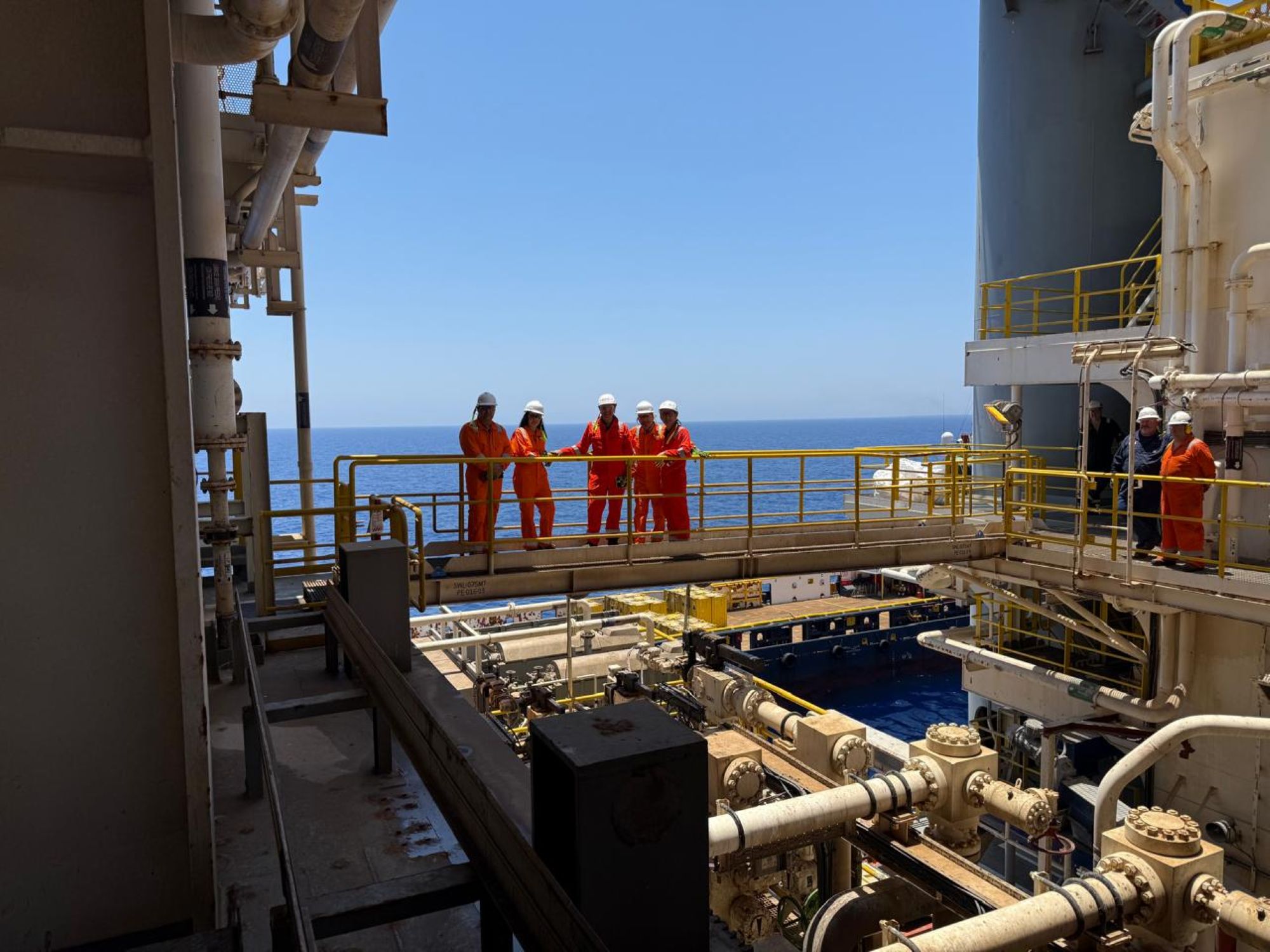
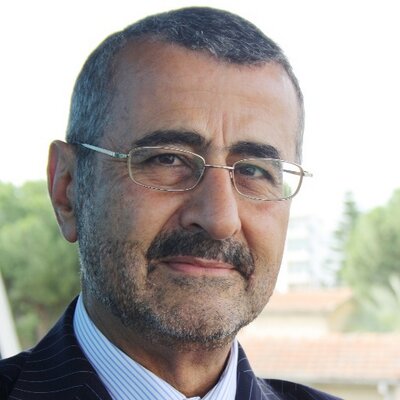

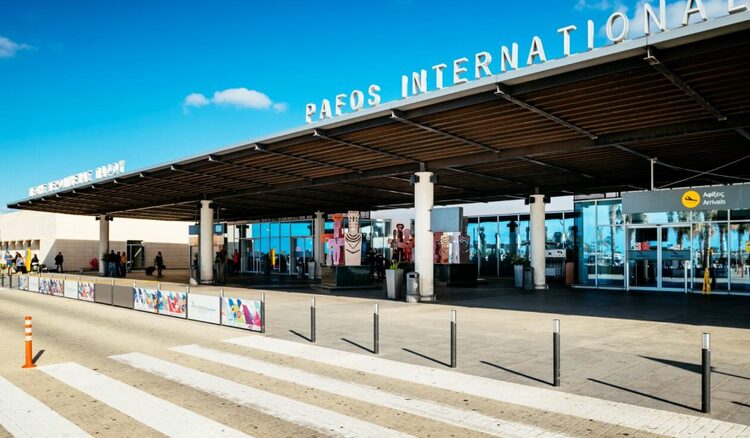
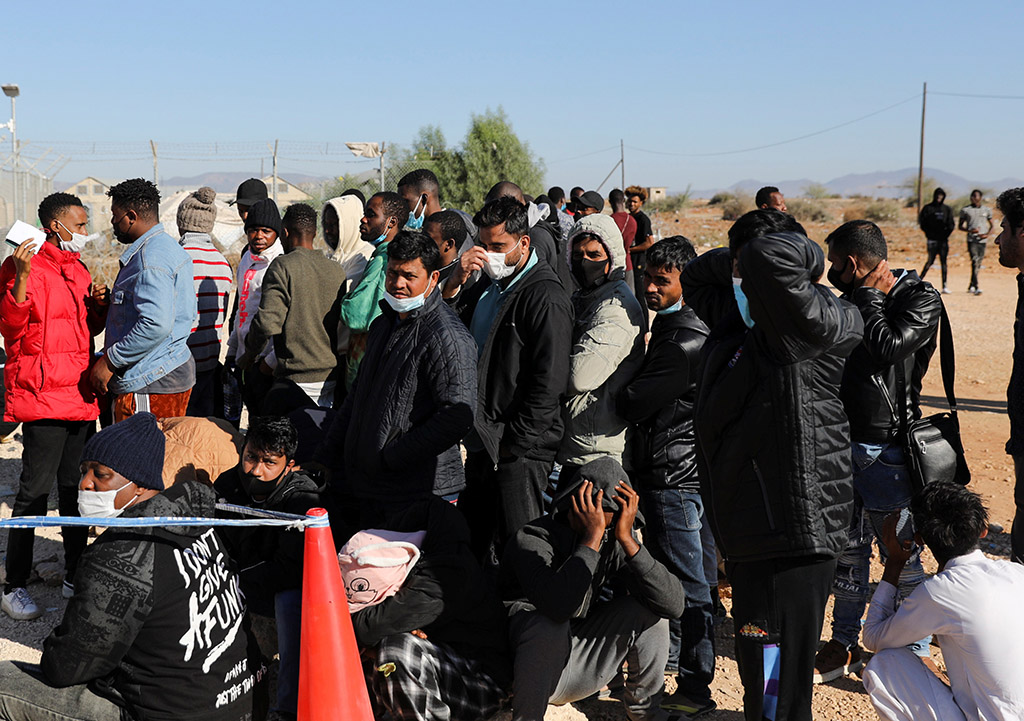
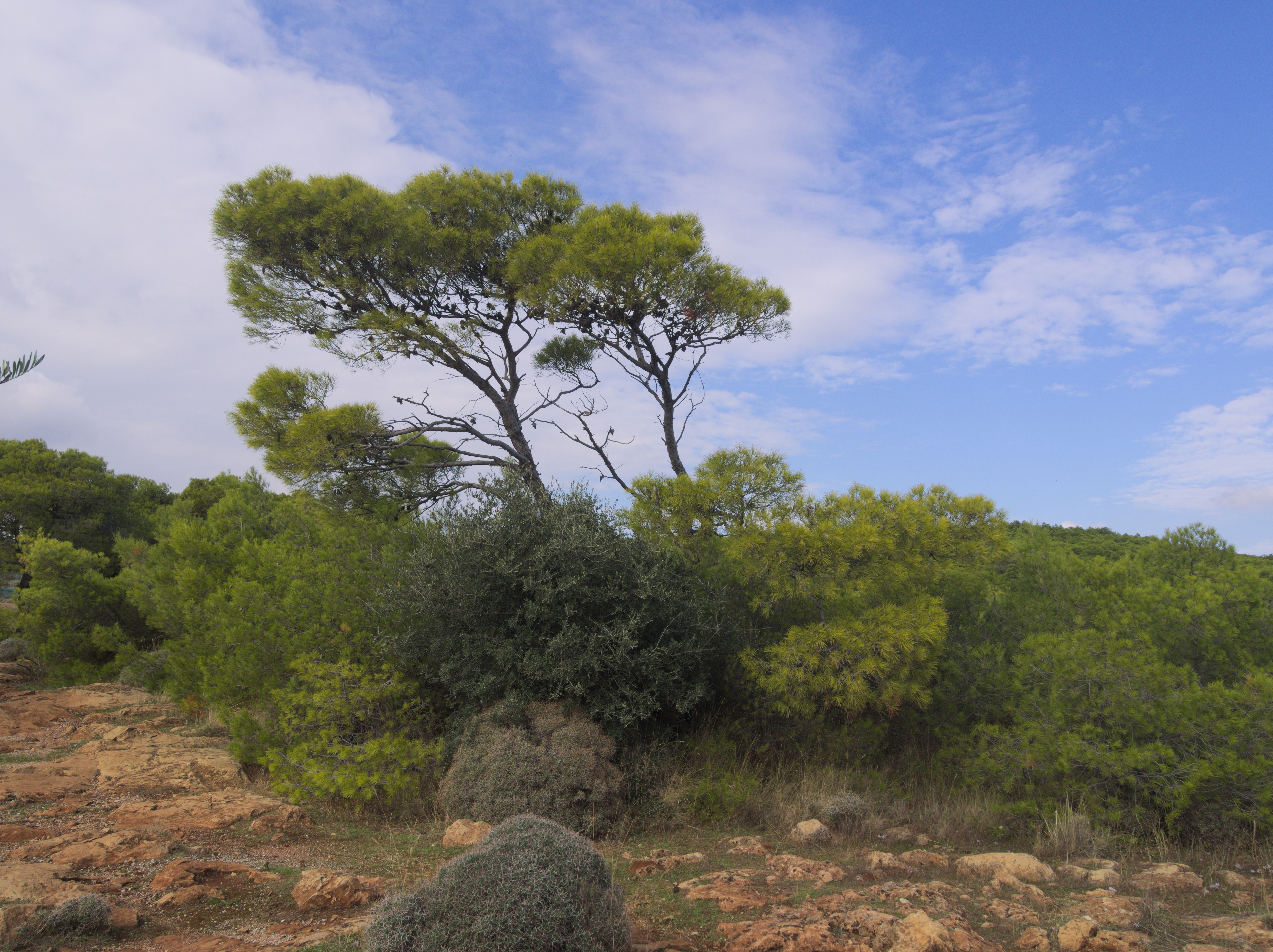
Click here to change your cookie preferences